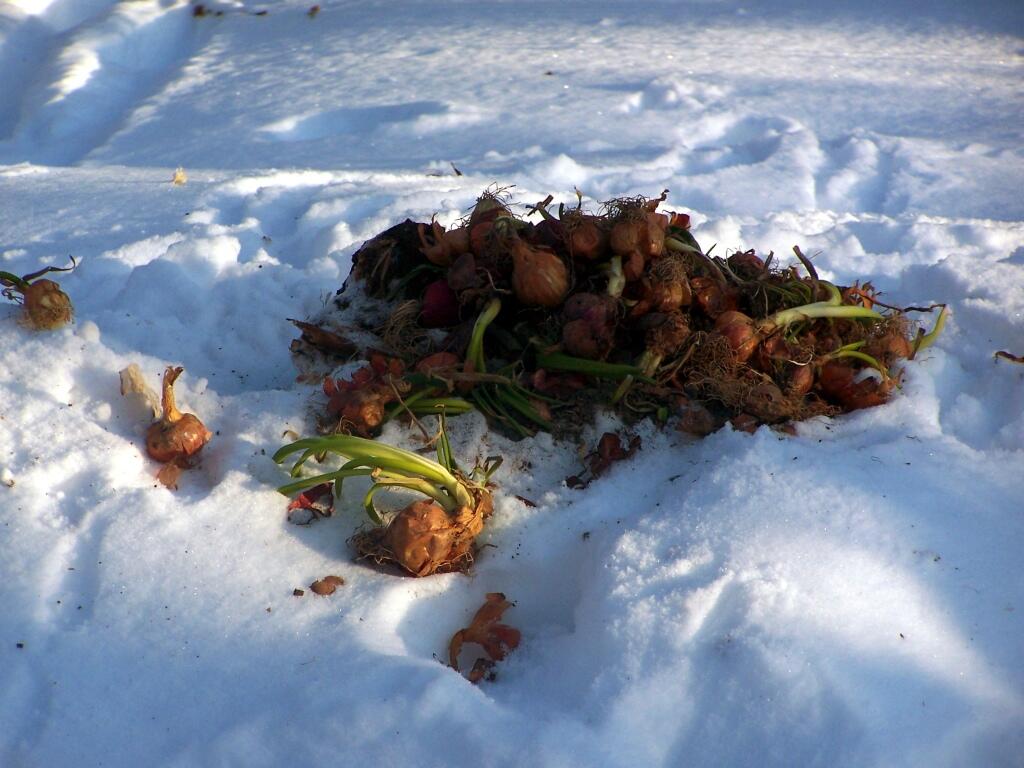Plastics Industry Promoted Recycling To Help Keep Oil And Gas Profits High : NPR
NPR
For decades, Americans have been sorting their trash believing that most plastic could be recycled. But the truth is, the vast majority of all plastic produced can't be or won't be recycled. In 40 years, less than 10% of plastic has ever been recycled.
